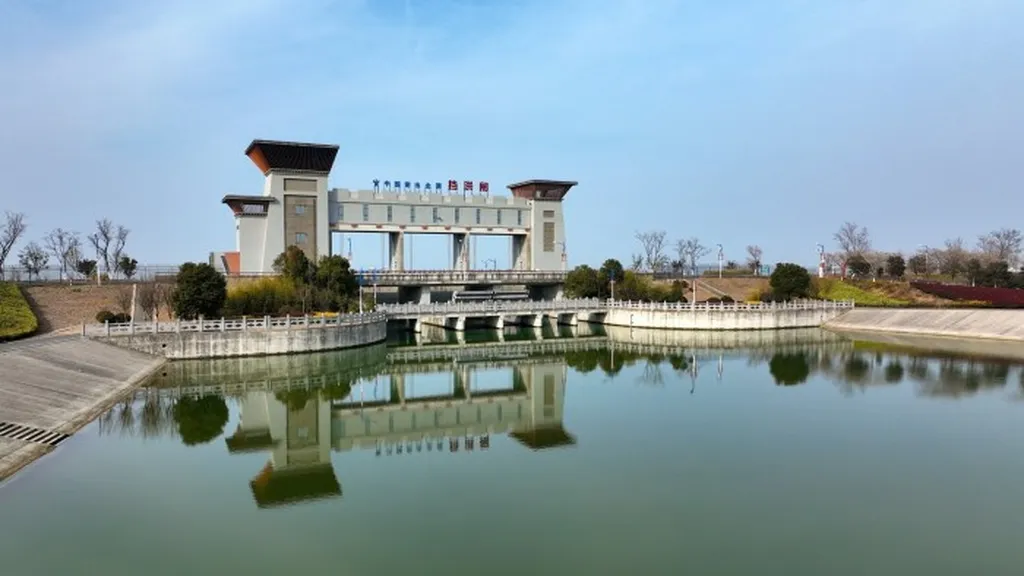In the heart of China’s vast Yangtze River Basin, a delicate balance is being struck between industrial development and water resource protection. A recent study published in *Guan’gai paishui xuebao* (translated as “Water Resources Protection Journal”) sheds light on this intricate dance, offering insights that could reshape the future of industrial development in water-stressed regions.
The research, led by Dr. Du Sen from Lanzhou Jiaotong University, focuses on the Yibin sub-basin, a microcosm of the broader challenges faced in the Yangtze River Basin. The study employs the energy ecological water footprint model and the Tapio decoupling model to analyze the ecological carrying capacity of water resources (WRECC), water stress (WS), and water use efficiency from 2010 to 2023.
Dr. Du Sen explains, “Our analysis reveals that economic development in the region is within the sustainable limits of WRECC. However, both WRECC and water ecological surplus show significant dependence on precipitation.” This finding underscores the vulnerability of the region’s industrial development to climatic variations, a critical consideration for investors and policymakers alike.
The study’s most compelling revelation is the decoupling of industrial development from water resource pressure. “From 2011 to 2023, primary industrial sectors and water resource pressure shifted from weak decoupling to almost independent of each other,” Dr. Du Sen notes. This trend is even more pronounced in the secondary industrial sectors, which have transitioned from negative decoupling to strong decoupling. However, the tertiary industrial sectors present a mixed picture, shifting from weak decoupling to negative decoupling.
At the county level, the study identifies Pingshan County as having the highest five-year total decoupling elasticity change in water resource pressure induced by economic development in the primary and tertiary industrial sectors. Gaoxian County, meanwhile, stands out for its significant decoupling in the secondary industrial sectors.
The implications for the energy sector are profound. As Dr. Du Sen suggests, the region can be divided into distinct zones for sustainable water resource use: an agriculture-tourism zone along the river, a Sino-European silk road zone, and a forest zone that includes bamboo and tea trees. This zoning approach could guide future industrial development, ensuring that water resources are used sustainably and efficiently.
The study’s findings offer a roadmap for industrial development in water-stressed regions, not just within the Yangtze River Basin but globally. By understanding the decoupling of industrial development from water resource pressure, policymakers and investors can make informed decisions that balance economic growth with environmental sustainability.
As the world grapples with the realities of climate change and water scarcity, this research provides a beacon of hope. It demonstrates that industrial development and water resource protection can coexist, paving the way for a more sustainable future.

